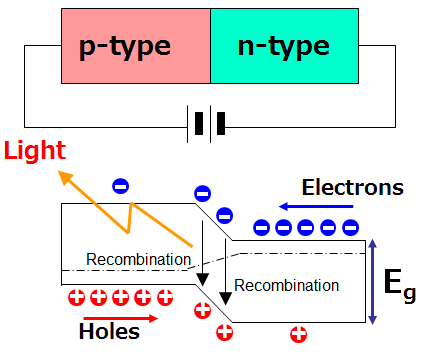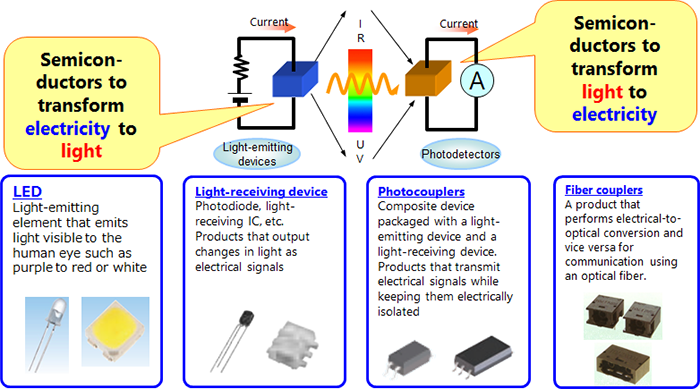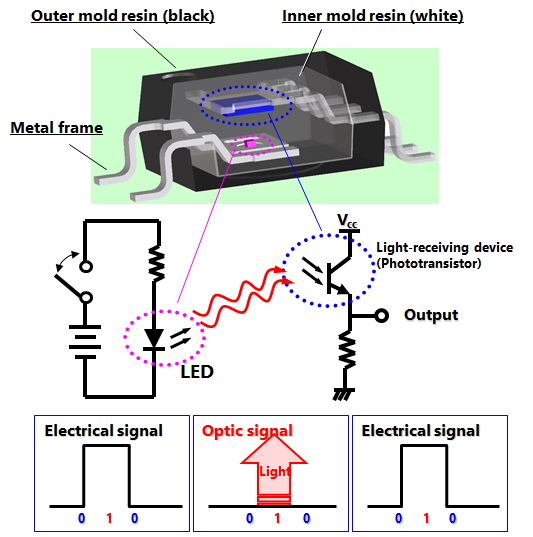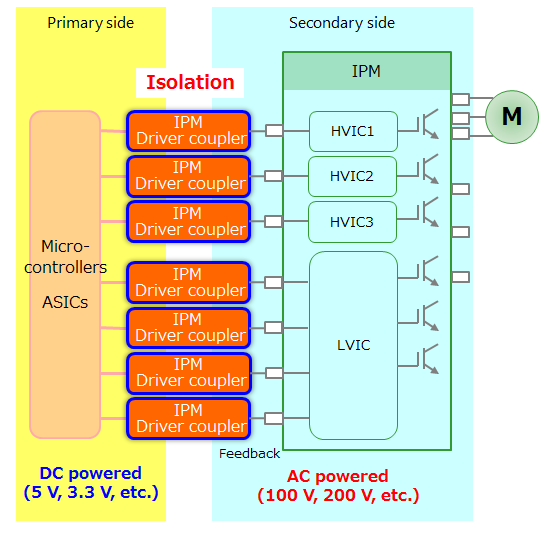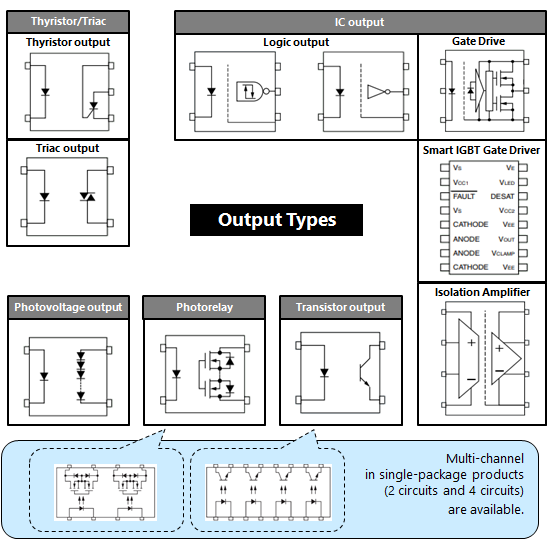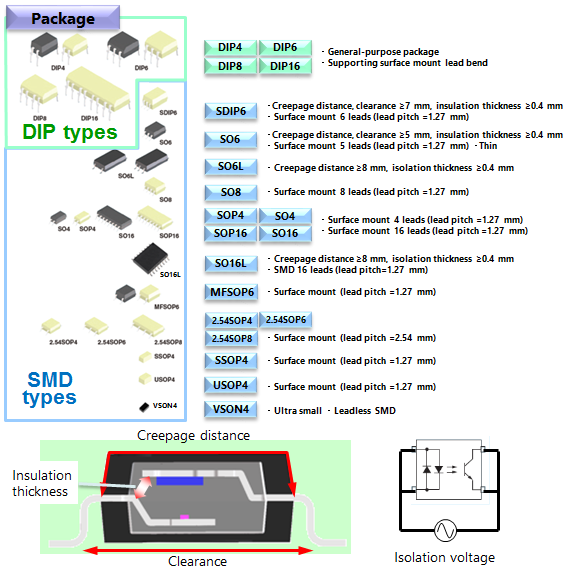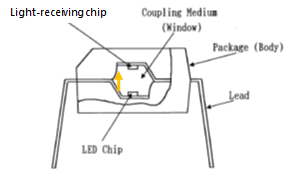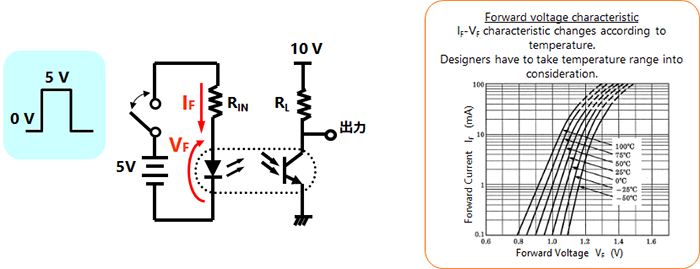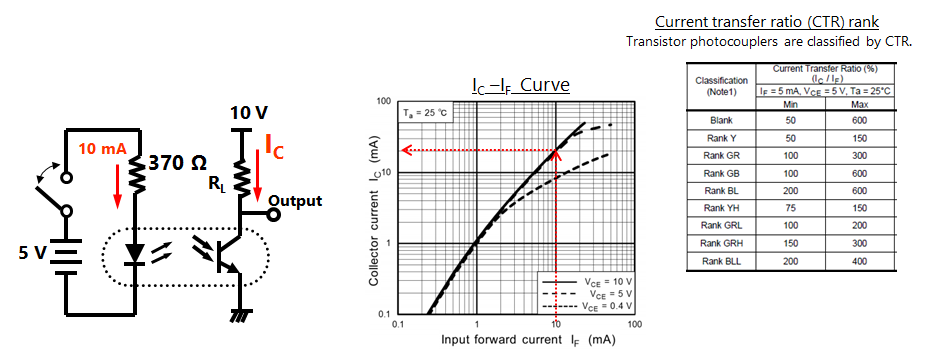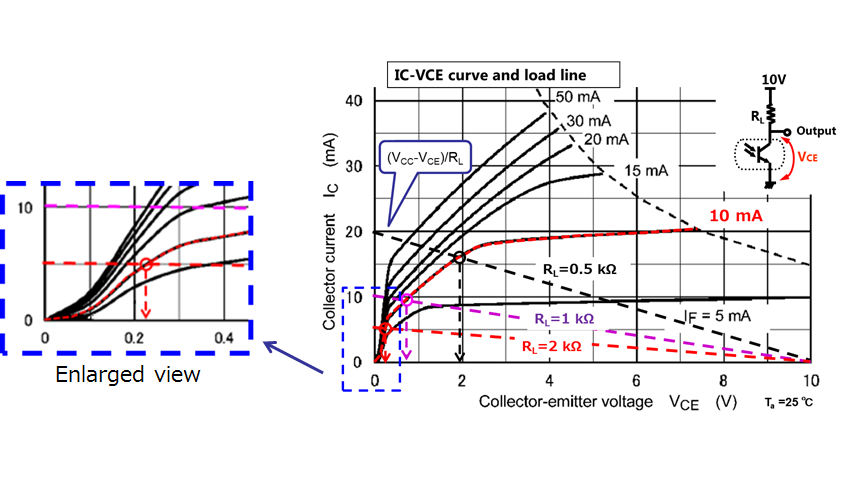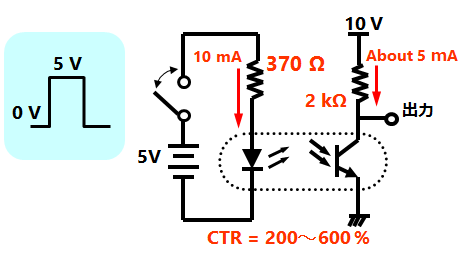- 型号 & 关键词搜索
- 交叉搜索
- 参数搜索
- 库存查询与购买
This webpage doesn't work with Internet Explorer. Please use the latest version of Google Chrome, Microsoft Edge, Mozilla Firefox or Safari.
请输入3个以上字符 Search for multiple part numbers fromhere.
The information presented in this cross reference is based on TOSHIBA's selection criteria and should be treated as a suggestion only. Please carefully review the latest versions of all relevant information on the TOSHIBA products, including without limitation data sheets and validate all operating parameters of the TOSHIBA products to ensure that the suggested TOSHIBA products are truly compatible with your design and application.Please note that this cross reference is based on TOSHIBA's estimate of compatibility with other manufacturers' products, based on other manufacturers' published data, at the time the data was collected.TOSHIBA is not responsible for any incorrect or incomplete information. Information is subject to change at any time without notice.
请输入3个以上字符
LED的发光原理
下载“第Ⅴ章:光半导体” (PDF:1.8MB)
发光二极管(LED)的发光原理是向化合物半导体的pn结施加正向电流。
当正向电流通过发光二极管时,载流子(电子和空穴)移动。p型区的空穴向n型区移动,n型区的电子向p型区移动。注入的载流子重组,重组前后的能量差将以光的形式释放出来。发射光取决于化合物半导体的能隙(Eg)。
(备注:传统的硅二极管不发光,因为重组能量变成了热能。)
